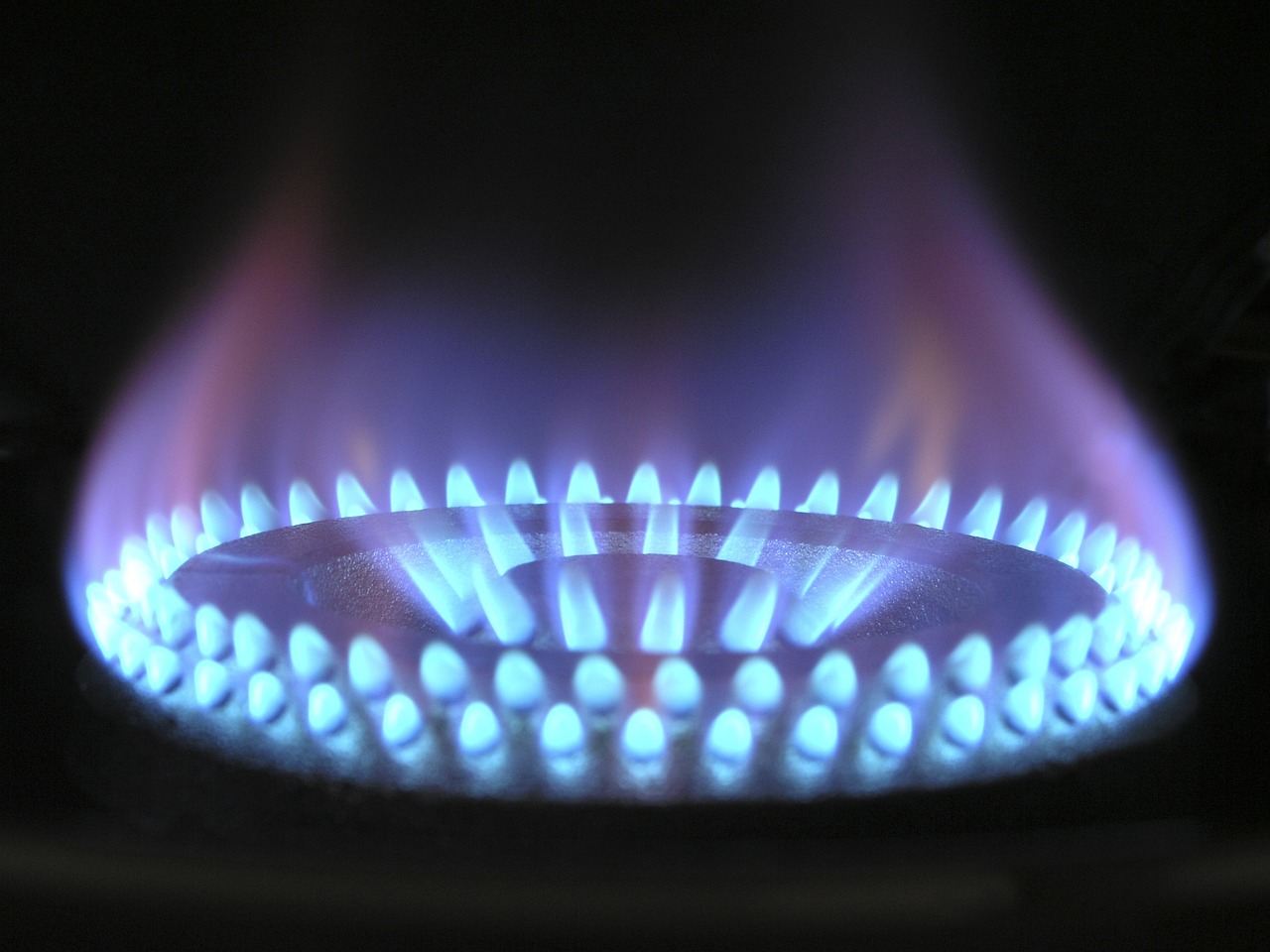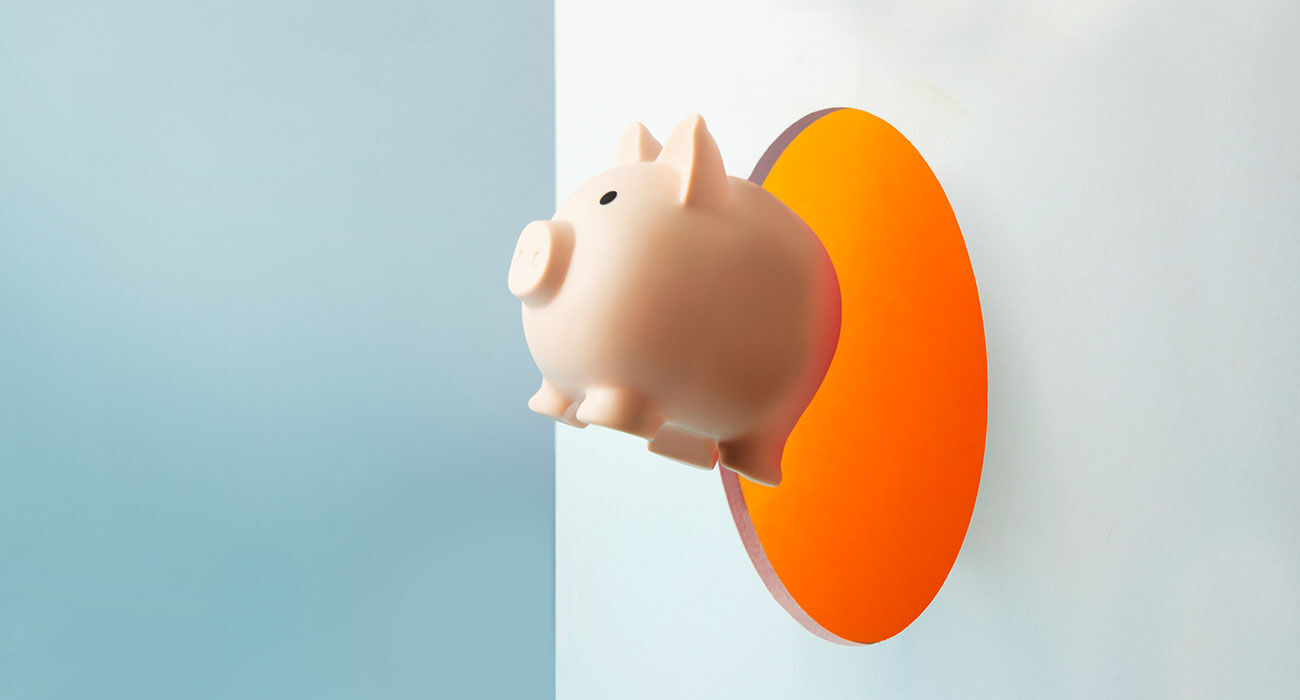Exit for the gas burner? The pros and cons
Cooking on gas is in the ‘damn corner’. When cooking on gas, toxic substances are released and there are still some disadvantages. Is cooking on gas coming to an end?
Contents
The rise and fall of natural gas
With the discovery of natural gas in Slochteren, it was no longer necessary to pump the toxic factory gas through the gas network. The gas stove was indispensable in the Dutch kitchen. In the heyday of natural gas, there were even gas dryers, with which the laundry was dried using natural gas.
Now we have noticed the disadvantages of dependence on natural gas. Extracting natural gas from the gas bubble in Slochteren caused many earthquakes and, as we noticed last year, it is also not very smart to get your natural gas from a country like Russia. What are the technical advantages and disadvantages of natural gas?
Advantages of natural gas
A gas stove has the great advantage that you can produce an enormous amount of heat in a short time. That is easily 2000-4000 watts per pit. There is also no hob that needs to warm up. The hot flames of natural gas play directly around the pan. Almost every pan is suitable for use on a gas stove.
It is also more efficient in terms of energy consumption. About half of the combustion heat of the natural gas ends up in the pan. If you use natural gas to generate electricity, almost half of all energy in the natural gas (38-50% loss) is lost as heat. You then have to transport that electricity through the power grid (7% loss) and convert it back into heat. And this heat still has to end up in the pan (20% loss). In that respect, a gas stove, with around 50-60% loss, is slightly more efficient than a hob or an induction cooker.
A cubic meter of gas contains approximately 9.77 kWh of energy. Per kilowatt hour of energy, gas, at around € 0.14 per kilowatt hour, is currently cheaper than electricity, at around € 0.40 per kilowatt hour. Even if you take into account the lower efficiency of a gas stove, gas cooking is cheaper.
The last advantage of gas cooking is that you are not dependent on a single energy source. If the power goes out, you can still cook on gas.
Toxic substances and danger
But that’s not the whole story. Cooking on natural gas also has its drawbacks. Burning natural gas releases toxic substances, so you have to open the window or turn on the extractor hood. As a result, a lot of heat is lost. It’s also not very healthy. This releases fly ash and harmful gases such as carbon monoxide.
Natural gas is also dangerous. Almost every year there are deaths from a gas explosion if someone has forgotten to turn off the gas burner. It also happens regularly that a fire breaks out because the flame hits the pan.
In that respect, the electric stove is much safer. Also, because modern electric stoves switch themselves off when the hob gets too hot. Then there is the environmental benefit. If the electricity you use for cooking comes from sustainable energy sources, you save a lot of CO2. Do you cook during the day while the sun is shining and do you have solar panels? Then you can cook for free.

Forms of electric cooking
The very first forms of electric cooking consisted of an incandescent coil over which the hob was placed. This simple type still exists. This works like a light bulb: electricity is converted directly into heat. These cookers are cheap, but not very efficient. The hob also needs to be heated up. And then the hob must also touch the pan exactly, otherwise the heat has to travel through a layer of still air. The hob also gets scalding hot.
A smarter and much safer way of cooking is with an induction hob. Induction means that an alternating magnetic field in the hob generates (induces) an electric current in a conductor. That conductor in this case is the thick bottom of an induction pan. Electric eddy currents are created in that thick soil, which generate heat through the resistance. This makes the pan hot and the hob stays cool. This method is very efficient, because it only heats the pan. Almost all energy, around 80%, ends up in the food.
Which cooking method is best for me?
Do you really have to watch the money, don’t you have a solar panel and don’t you heat the kitchen? Then cooking on gas is the cheapest. This also gives the most primal feeling. 2 million years of human evolution are not easy to get out of it. Flames make you happy.
If you prefer to cook in a hot kitchen and pay more attention to your health? Then electric cooking is preferred. It is best to opt for induction cooking for this. This is safe and the most economical. Especially if you have solar panels, because then you can cook for free during the day when the sun is shining. So this is the smartest choice in most cases.



